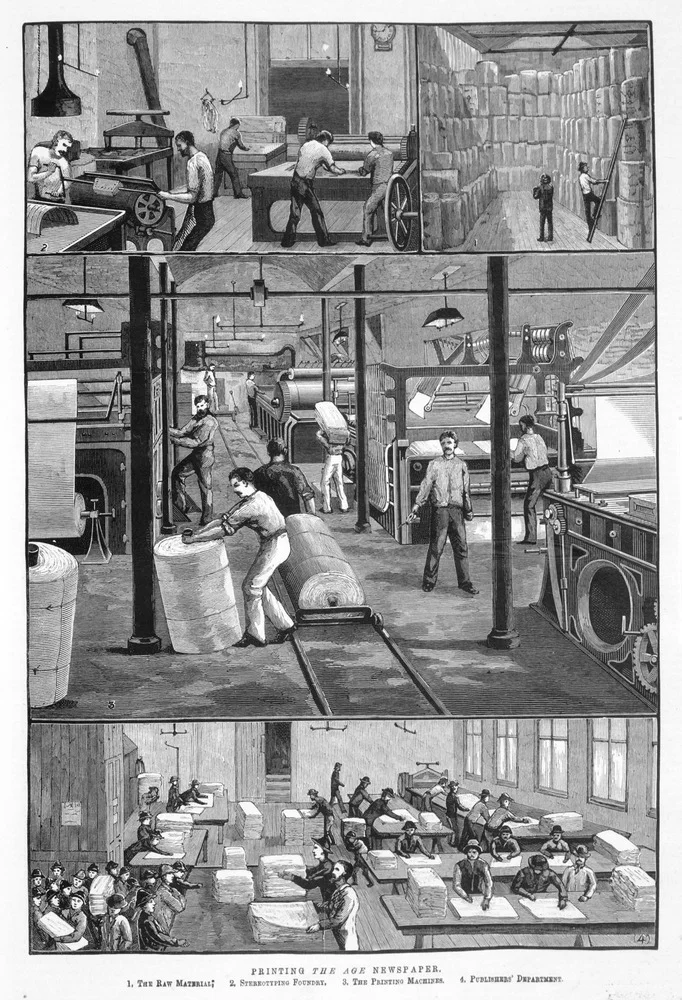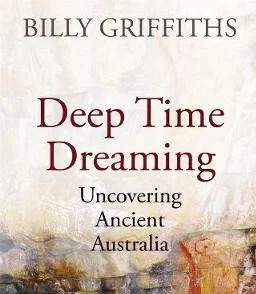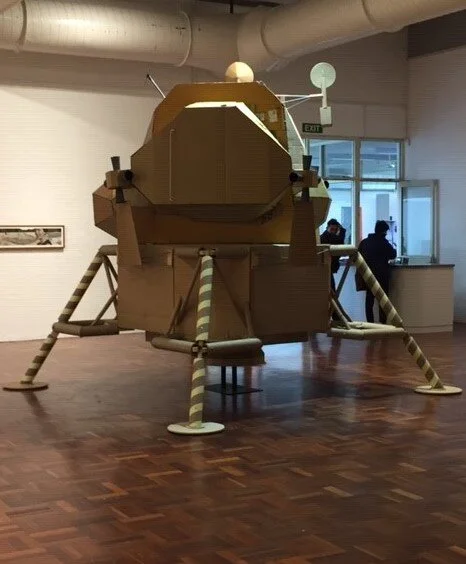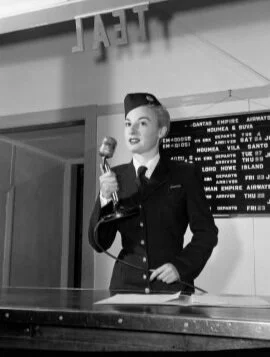"Australia’s history as a pioneering and innovative country"
Rohan Goyne describes himself as a recreational historian. Descended from the European settlers who found homes on the Limestone Plains he has always had a passion for Canberra’s history. In 2013, Canberra’s centenary year, Rohan initiated the back to Springbank reunion for the Sullivan family and Catholic Archdiocese and subsequent Australian National University (ANU) community archaeological dig on Springbank Island.
For many years Rohan was the President of the Military Historical Society of Australia and has authored many articles on Australian and international military history. He is also a regular contributor to the ACT and region Heritage Festival highlighting Canberra’s unique role in Australian military history.
In recent years Rohan’s research interests have focussed on Australia’s military involvement in the Cold War including the Space Race. This has included drawing attention to the innovative work of eye specialist John Colvin and the pioneering Island Lagoon.
Capital historian: Can you tell me about your latest history project?
Rohan: My latest project has been exploring the role Australians played in space exploration in the decade 1962-72. This includes the pioneering work of John Colvin a Melbourne ophthalmologist who invented the anti-glare glasses used for the Apollo program and Island Lagoon, Australia’s first deep space tracking station.
Capital historian: What interested you about this research?
Rohan: My interest in Australian military history led me to both subjects. On a visit to Tidbinbilla Tracking Station an exhibition on John Colvin’s anti-glare glasses pique my interest as he was a Royal Australian Air Force (RAAF) reservist who invented anti-glare glasses for Australian pilots prior to Apollo. Meanwhile my long-standing interest in the Woomera Rocket Range, where my father was stationed in the 1960s, led me to the pioneering Island Lagoon. In the lead up to the 50th anniversary of Apollo 11 these interests deepened, and I realised there were stories here that should be better known and remembered. They tell us about how Australia’s history as a pioneering and innovative country engaged in the key event of the twentieth century, the moon landing.
Capital historian: Have you come across something with this research that really pleased you or really surprised you or really challenged you?
Rohan: I was really pleased and surprised by the generosity and willingness of those who helped me with my research. After hearing about my research on the ABC the family of John Colvin provided me with access to their family archive. I was also contacted by former Island Lagoon employees who told me about their time at the tracking station.
Capital historian: What books or other sources have been important in your latest research?
Rohan: The records at the National Archives of Australia were an important source of information. For example, they hold the patent for John Colvin’s anti-glare glasses and files on Island Lagoon. As mentioned, the Colvin family archive was invaluable. Australia in Space by Kerrie-Dougherty was an important secondary source.
Capital historian: What books would you recommend to others interested in this area?
Rohan: Definitely. Australia in Space by Kerrie-Dougherty which has been recently revised and updated. Also Honeysuckle Creek : The Story of Tom Reid, a Little Dish and Neil Armstrong's First Step by Andrew Tink. and Dr Space Junk vs The Universe : Archaeology and the Future by Alice Gorman is an interesting read.
Capital historian: You have been involved with a range of history projects – do you have a favourite?
Rohan: Yes, the research I have done on the potential use of Australian uranium from Mount Painter, South Australia, for the nuclear weapons developed by the Manhattan Project. This story was not well known. It challenges us, the idea that Australia may have provided the raw material for the first nuclear weapons. It also had a local, a national and international dimension.
Capital historian: Why do you think history is important?
Rohan: Telling stories about our past is one trait shared by all humans. We need to know about our past so we can move forward.
Capital historian: Why do you think history has been personally important to you?
Rohan: I find it intellectually engaging and enjoy understanding my own family history within the context of historical events.
Capital historian: Do you think there are aspects of Australian history that should be researched more?
Rohan: There are a myriad of areas to research. Areas that come to mind are recent military conflicts, Iraq and Afghanistan; industrial disputes and the economy during the world wars and the interwar period.
Capital historian: Do you have plans for further research?
Rohan: Yes, I always have plans for further research. I am interested in exploring more Australian invented technology and its use in war.
Capital historian: Have you got a history hack for us?
Rohan: I would encourage people to join history interest groups relevant to your research interests and where you can find like-minded people. Also use Trove – it’s a great resource for Australian history.
Acknowledgement: The image above is of John Colvin’s anti-glare glasses used for the Apollo program. It was kindly provided by Rohan.
Please share. Lets get the past and present talking.





